SupremePunk #076
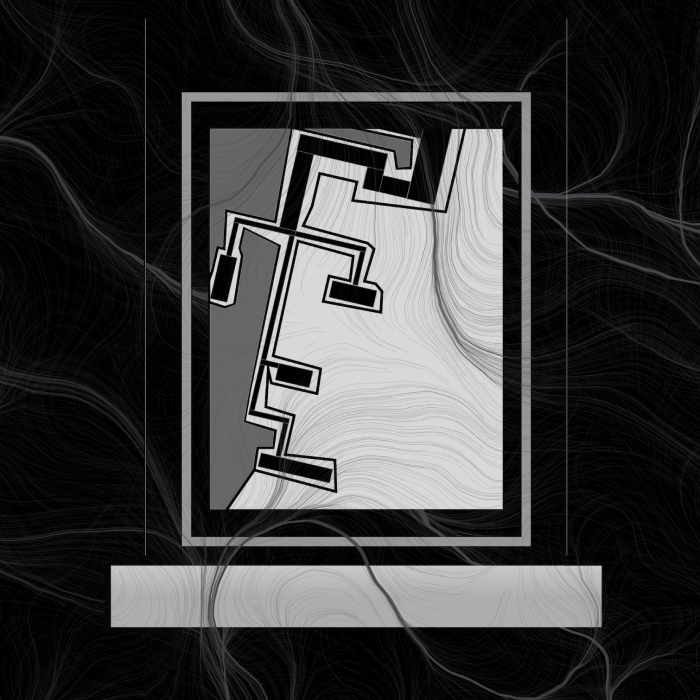
Do You See?
This Punk is inspired by CryptoPunk #1976 and artworks of René Magritte.The spectator is situated in a closed space filled with thin transparent matter, resembling thick tobacco smoke, the limpid body of a jellyfish or a newly woven web. Gliding along the barely perceptible gray arbitrarily curved lines, the viewer's gaze rests on a large hole in a black monolithic block. This is a window in which we encounter an unusual, rough, and geometrized face that is approximately at the same level as our head is. Just as we are currently looking at the screen, the creature is looking out of the window. Thus, a symmetrical space goes deep into the canvas, and the plane of the computer or phone screen is the line of symmetry. This is a chance meeting of the eyes of those passing by. It does not last very long, but it has a strong emotional effect due to this shortness.
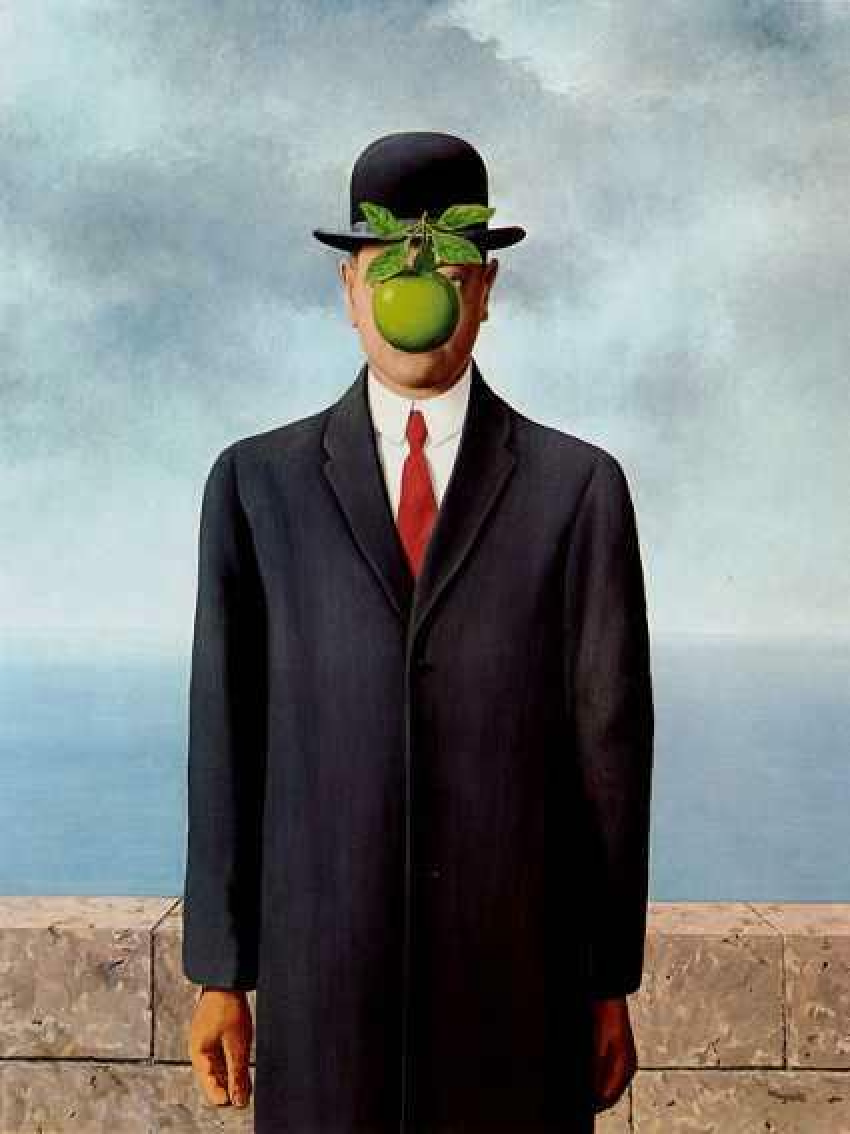
Rene Magritte — The Son of Man, 1967
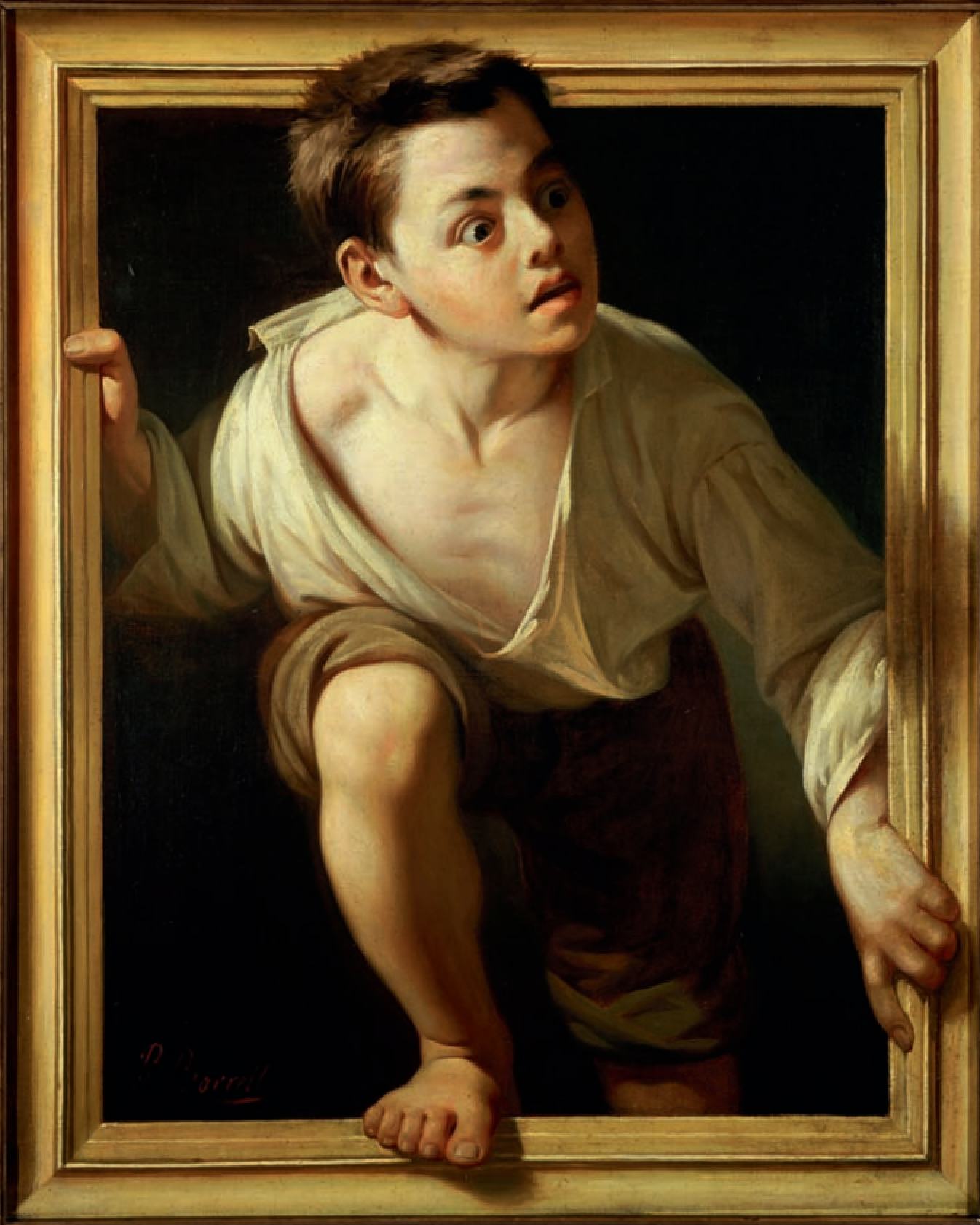
Pere Borrell Del Caso — Escaping Criticism, 1874
The situation in Punk also resembles a plot from apocalyptic films: a huge titan or mutant walks through the streets of the city with loud, earth-shaking steps, periodically looking into the windows of multi-story buildings that he meets on his way. The monochrome, sharpness of geometric shapes, angularity, and harshness of the giant's facial features frighten, create a sense of his total otherness and threat. He is in a position from which he is not completely visible himself but can observe everything that happens in a closed space. The window motif is often used in painting because of the richness of interpretations, potentially interesting work with space and visual illusions. For example, in the painting "Escaping Criticism" by Pere Borrell del Caso, a hole that becomes a portal to the world of the picture is arranged in a similar way. And if in Pere Borrell del Caso painting the boy breaks the border between two worlds (his and ours) physically, in Punk it is destroyed by the look of the hero, which the viewer catches.
Despite the fact that this creature is depicted in profile, we partially see the second half of the face – the right eye. This principle of the image was used by the cubists, who in their portraits aimed to depict all possible angles at the same time and convey as much information about the object as possible. This is how many of the portraits painted by Pablo Picasso are arranged - most often the heads of his models look unsightly and frightening precisely because they combine several views from different sides at once. In cubism, artists strive to make a picture not just a mirror of the world, but a complex mechanism that reflects not only the obvious but also the hidden.
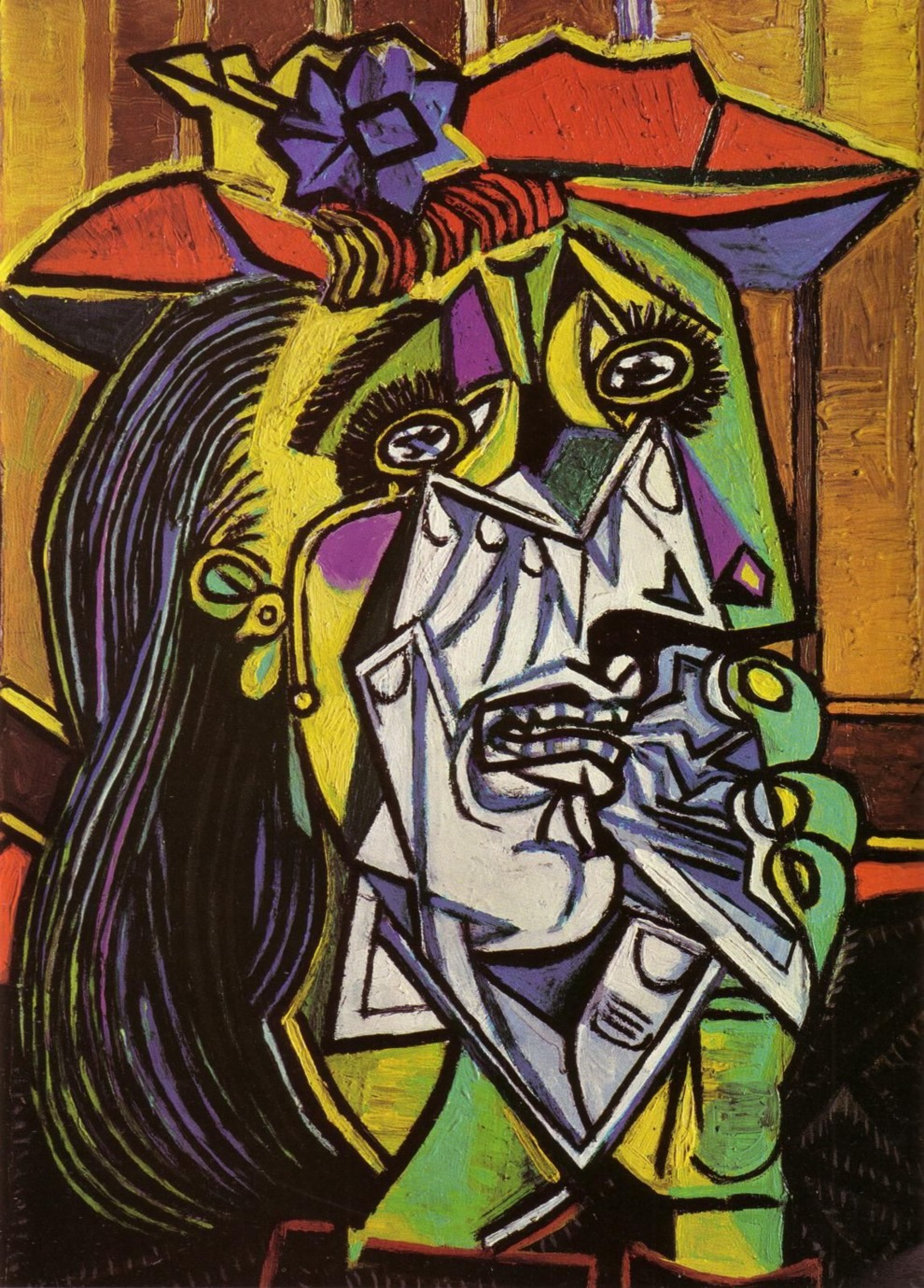
Pablo Picasso — Woman in a green hat, 1947
Rene Magritte also worked with the hiding motive. This is how he writes about his work "The Son of Man": «At least it hides the face partially. Well, so you have the apparent face, the apple, hiding the visible but hidden, the face of the person. It's something that happens constantly. Everything we see hides another thing, we always want to see what is hidden by what we see. There is an interest in that which is hidden and which the visible does not show us.
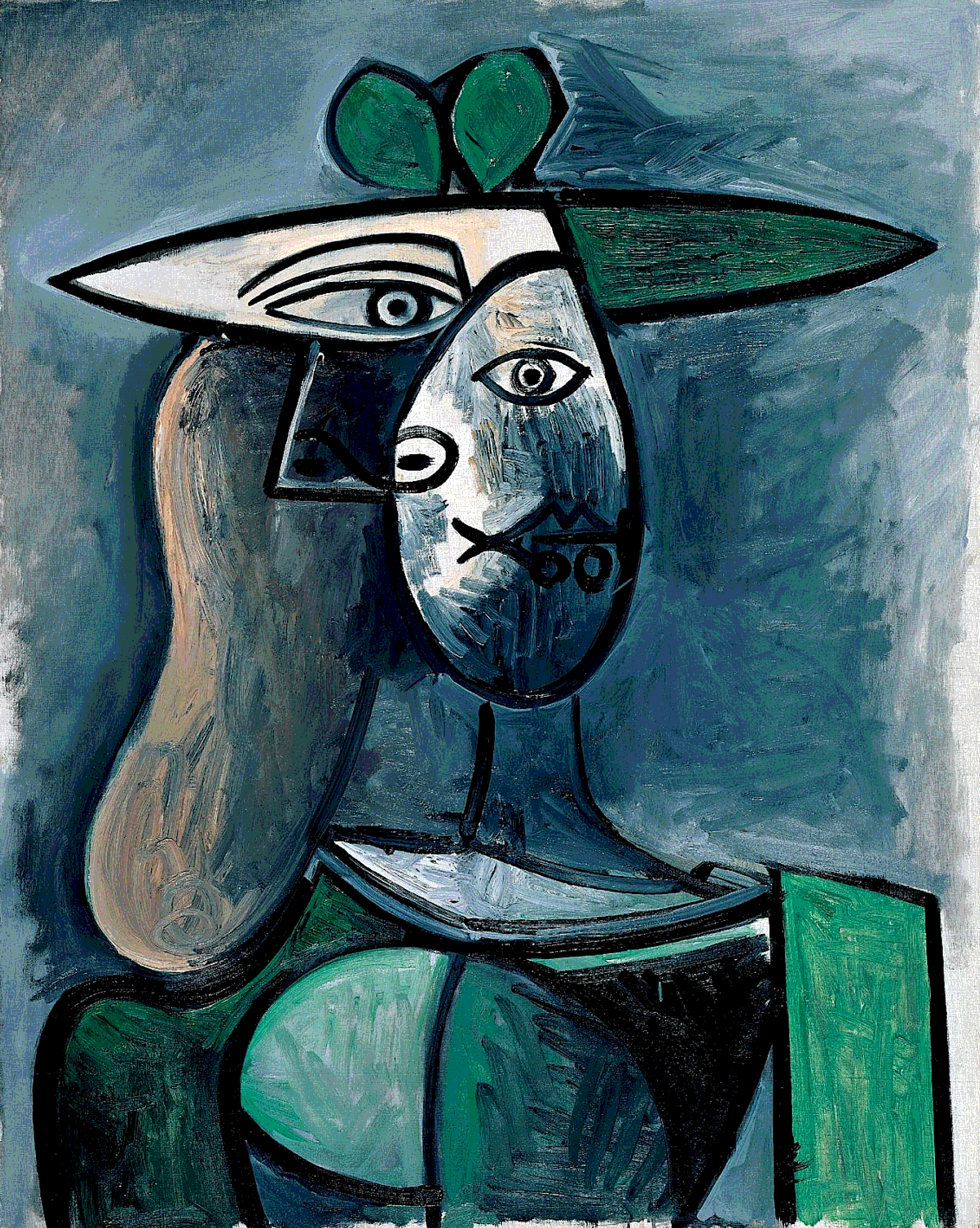
Pablo Picasso — Weeping Woman, 1937
This interest can take the form of a quite intense feeling, a sort of conflict, one might say, between the visible that is hidden and the visible that is present». In Punk, there is an inversion of the hidden and the obvious – the face ceases to be a mystery, but the viewer gets nothing but it. That is how it might seem at first. In fact, the contours of the face hide a whole figure of a smaller scale. It is painfully bent, it looks completely lifeless and mechanical. Thanks to this, the internal space, filled with thin wavy lines, contrasts with the external space, inaccessible to the eye, which can only be guessed.

Buy

Gallery:
CryptoPunk #1976 that has been taken as a base

Your transaction is in progress

You have connected to the wrong network

Transaction is successful!


